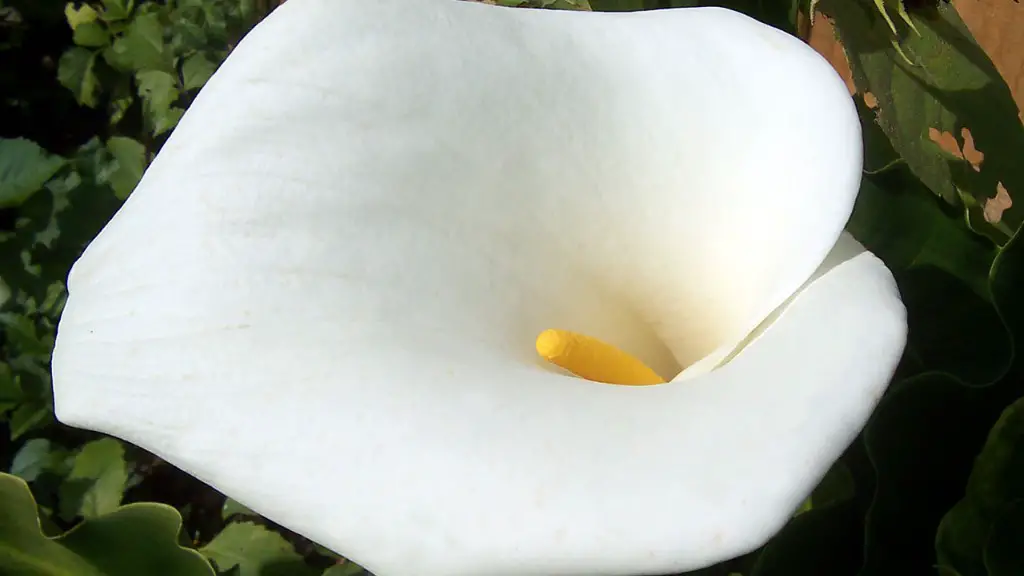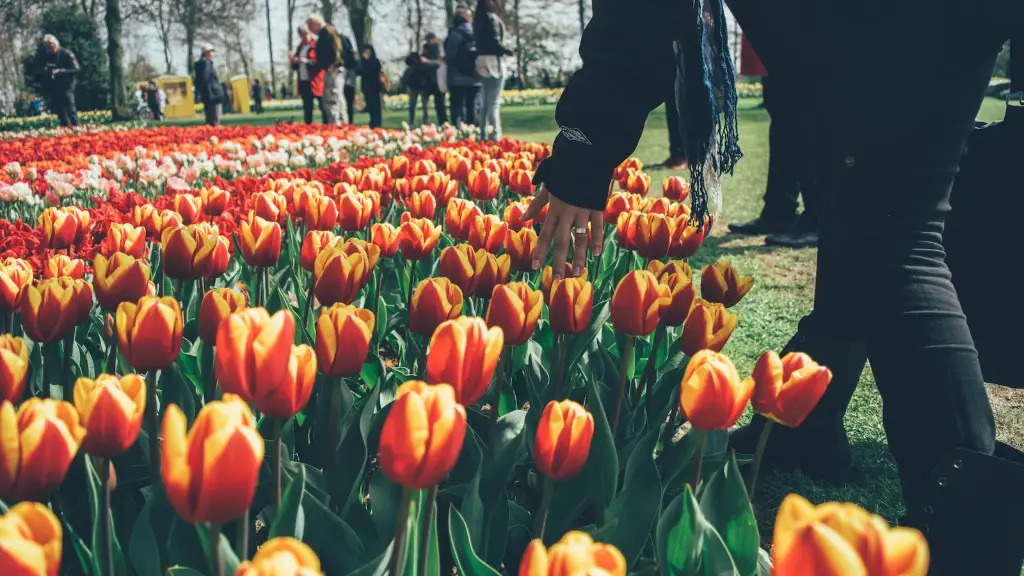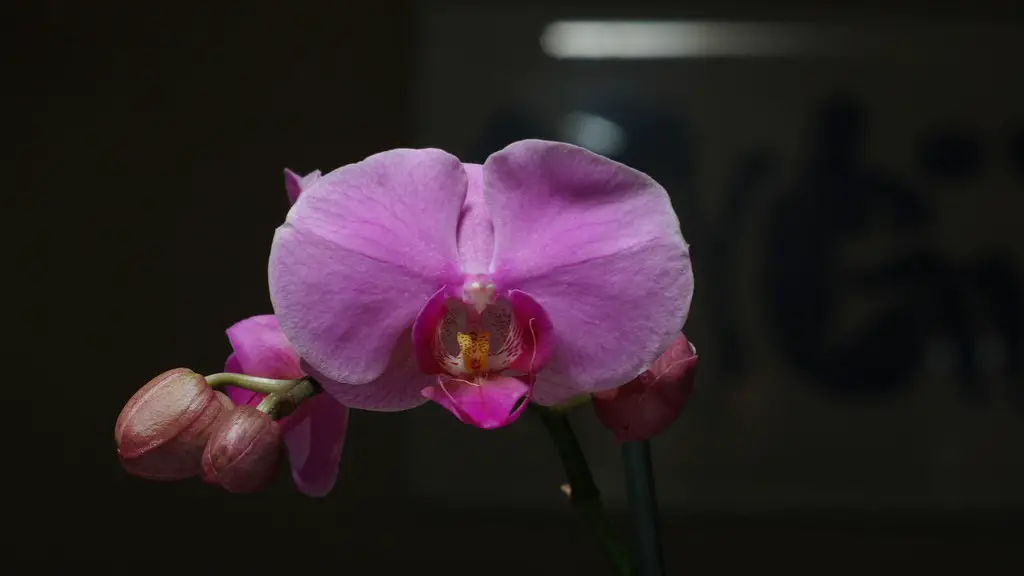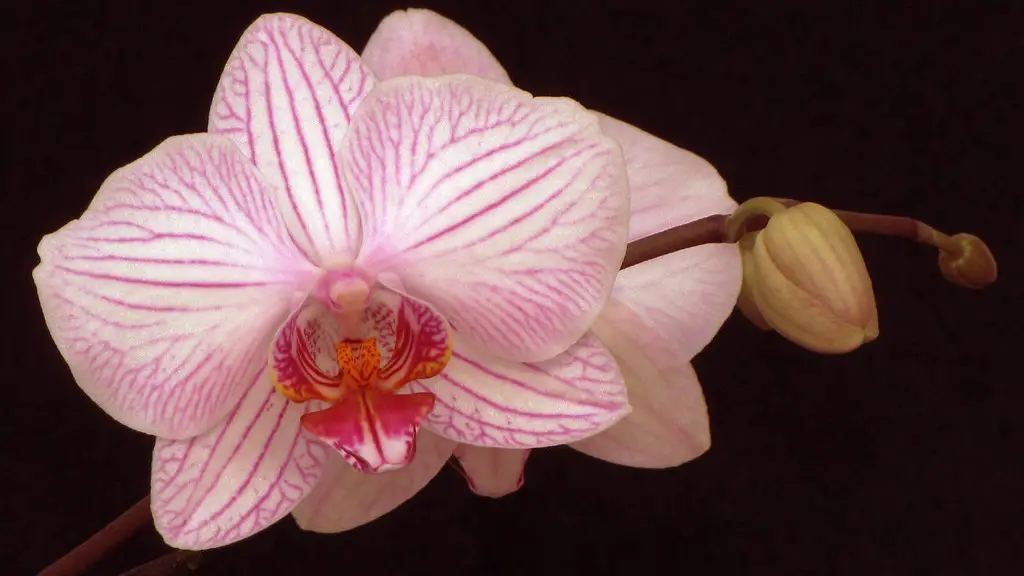If you’re looking for a plant that will brighten up any room in your home, African violets are a great option. These beautiful flowers are relatively easy to care for, but there are a few things you need to know to keep them healthy. Here are some tips on how to care for African violets.
There are a few things to keep in mind when caring for African violets:
1. They prefer bright, indirect light.
2. The soil should be kept moist, but not soggy.
3. They should be fertilized regularly with a water-soluble fertilizer.
4. African violets are susceptible to root rot, so be sure to plant them in a well-draining pot.
5. Be sure to Deadhead spent blooms to encourage new growth.
How often do you water an African violet?
If you are looking to water your African violets less often, one way to do so is by setting up a wicking system. With this system, water is drawn up from a reservoir into the soil of the plant, and the plant then takes up the water it needs. This system can be helpful in making sure your plants are never over watered, as the reservoir can be monitored and the amount of water can be controlled.
To get the best color and blooms from your plants, grow them in bright, indirect light. A plant stand three feet away from a west- or south-facing window is an ideal location. Plants will still grow when situated right beside north- or east-facing windows, but leaves will be thin and spindly, and plants less likely to bloom.
How much sun does an African violet need
To ensure long-lasting blooms, African violets require at least 8 hours of light per day and 8 hours of darkness per night. They do best in bright light, and 12 hours of natural sunlight is ideal.
It’s really up to you whether you water your African violets from the top or bottom. However, it’s important to use lukewarm or warm water, as cold water can shock the plant. If you do water from the top, be careful not to get water on the leaves when the plant is in the sun, as this can cause leaf spots.
Should African violets be misted?
It is important to not mist the foliage of African violets as this can cause permanent leaf spotting. Use water that is room temperature to avoid this. African violets are also susceptible to crown rot, so it is important to not saturate the crown (the section of the plant at soil level) with water.
If you’re not sure about the quality of your tap water, it’s best to err on the side of caution and use distilled or filtered water for your African violets. Chlorine, chloramines, and dissolved solids can all adversely affect your plants, so it’s best to avoid them if possible.
Do African violets need bigger pots?
To ensure your African violet thrives, choose a pot that’s on the smaller side so the plant becomes pot-bound. For a standard African violet plant, your starter pot should be 3-4 inches in diameter.
As the plants grow, they can be repotted into larger pots so that they don’t get too root-bound. African violets need to be repotted every one to two years to keep them healthy. Once your African violet has doubled or tripled the size of your pot and the leaves are starting to wilt, it’s probably time to make the move, says McEnaney.
Should you touch African violet leaves
While it may be tempting to reach out and brush the leaves of your African violets, it’s actually not good for the plant. Repeated brushing can decrease the quality and size of the plant, so it’s best to just leave them be.
If you are growing impatiens, it is important to give them the right amount of sunlight. They prefer bright, indirect sun and too little sunlight can cause them to stretch for the light and produce few or no flowers. Too much sun can burn the leaves. An east-facing window is ideal, especially with a sheer curtain to block the sun’s harshest rays. They also need eight hours of darkness every night.
How do I get my African violets to bloom again?
If you want your African violet to bloom again, here are 8 ways to make it happen:
1. Let there be light. African violets need at least 12 hours of bright, indirect light every day in order to bloom.
2. Turn up the humidity. These plants love a humid environment, so misting them regularly or setting them on a pebble tray will help encourage blooms.
3. Replenish essential nutrients. African violets need to be fertilized every few weeks with a blooming fertilizer to keep them healthy and encourage blooms.
4. Keep it pleasant. African violets prefer cool temperatures, so keeping them in a room that’s between 65-75 degrees Fahrenheit will help them thrive.
5. Choose the right soil. African violets need a well-draining, moisture-retentive soil in order to bloom.
6. Protect from pests & disease. These plants are susceptible to mealybugs, aphids, and other pests. Be sure to check them regularly and take action if you see any pests.
7. Constrict the roots. African violets need to be rootbound in
Brushing leaves of african violets is not recommended because repeated brushing can decrease plant quality and size. The next time you are tempted to touch that pretty african violet in your kitchen window, remember—for a healthier plant, keep your hands off!
What do Overwatered African violets look like
If you’ve overwatered your African Violet, you may notice the leaves and/or leaf stems turning soft, limp, or mushy. This is due to the soil retaining too much water, which can cause the plant to become damaged or even die. To prevent this from happening, be sure to water your African Violet only when the soil is dry to the touch.
Self-watering ceramic pots are a great choice for African violets because they love moisture. The unglazed inner pot allows water to slowly penetrate through to the soil, giving the plants the moisture they need.
How long should African violets sit in water?
It’s important to make sure the water you give your African violet is either tepid or at room temperature. This is because your plant is finicky about its water. Let the water sit for a bit before giving it to your plant. It’s best to let it sit for 24-48 hours, but if you can’t, then let it stand for at least an hour. This will help ensure that your plant gets the water it needs without shocking it.
African violets are best watered from the bottom up. Place the plant in a shallow tray of water for 30 minutes, allowing the soil to soak up the water through the drainage holes at the bottom of the pot.
Conclusion
Here are some tips on how to care for African violets:
1. Light – African violets need moderate to bright indirect light. too much direct sun will scorch the leaves, while too little light will cause the plant to become leggy.
2. Water – Water African violets when the soil is dry to the touch. Avoid getting water on the leaves, as this can cause them to brown.
3. Fertilizer – Use a fertilizer formulated for African violets. Apply it once a month, diluted to half the recommended strength.
4. Temperature – African violets prefer a warm, humid environment. A bathroom is often a good spot for them.
5. Soil – African violets need a well-draining soil that isrich in organic matter. You can purchase a commercially-prepared African violet potting mix, or make your own by mixing 2 parts peat moss to 1 part perlite.
6. Pests – Keep an eye out for aphids, mealybugs, and spider mites, which can all damage African violets. Treat infestations with an insecticidal soap or neem oil.
To keep your African violet healthy and blooming, give it bright, indirect light and water when the soil is dry to the touch. In the winter, African violets need less water. Allow the top of the soil to dry out completely before watering. Be sure to use a well-drained potting mix and water from below, soaking the soil and not getting water on the leaves. too much water can cause leaf rot. also, be sure to fertilize regularly with a African violet fertilizer.





